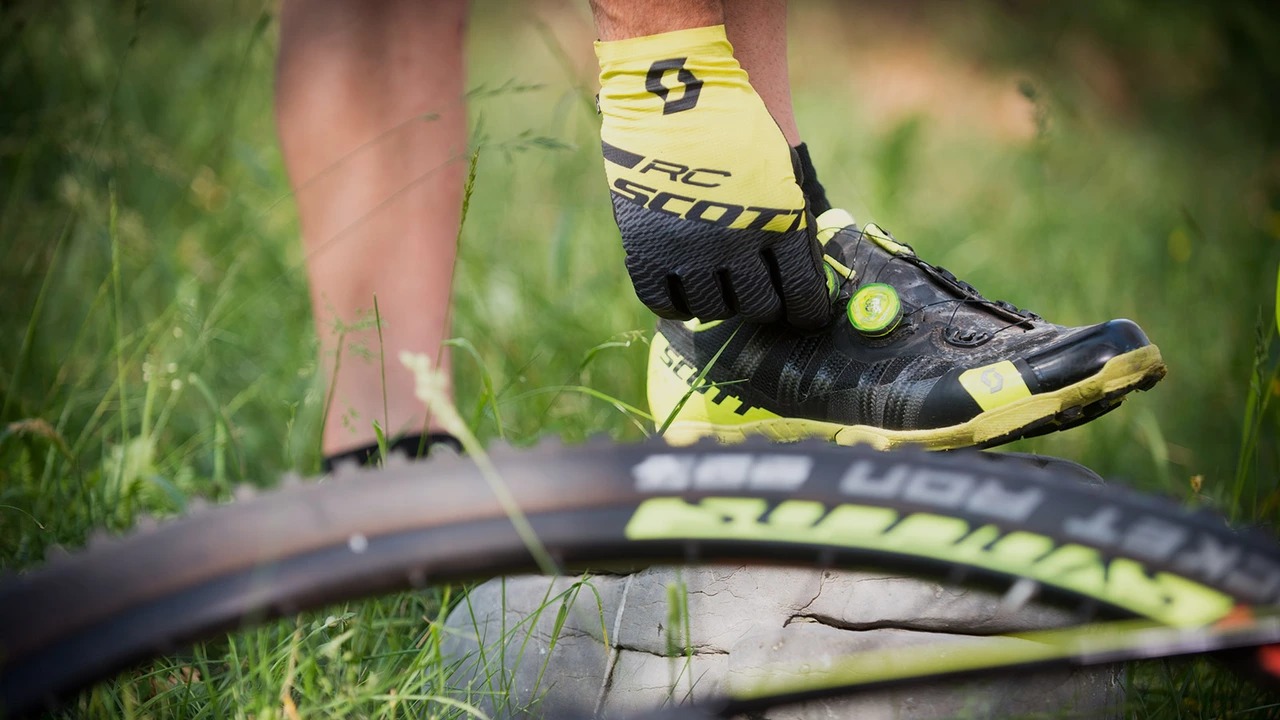cycling shoe stiffness
When talking about cycling shoe stiffness, the resistance a shoe offers against flex while you pedal. Also known as shoe rigidity, it is a key factor in how efficiently your legs push the bike forward. Cleats, the metal or plastic plates that attach your shoes to the pedals work hand‑in‑hand with the shoe’s flex profile; a stiffer shoe means the cleat stays more stable, reducing unwanted wobble. Likewise, the pedal system, the combination of crank, spindle and engagement mechanism that connects your shoe to the bike determines how much of the shoe’s stiffness actually reaches the drivetrain. The right mix of shoe, cleat and pedal creates a smooth power chain, while a mismatch can sap energy and cause discomfort. In short, cycling shoe stiffness shapes the link between your foot and the bike’s motion.
Why stiffness matters for power and comfort
The main attribute of a shoe’s stiffness is its flex index, usually measured on a scale from 0 (very soft) to 9 (ultra‑rigid). Materials like carbon fiber, fiberglass or reinforced nylon each give a distinct flex pattern. A higher flex index translates into less shoe deformation, which means more of your pedal stroke becomes pure power transfer, the conversion of leg force into forward motion. Road racers often pick a 7‑9 rating to keep every watt on the chain, whereas mountain bikers might stay in the 4‑6 range to preserve feel on rough terrain. The trade‑off is foot fatigue: a super‑stiff shoe can feel harsh on long climbs, while a softer shoe offers a more forgiving ride but sacrifices some efficiency. Shoe fit also plays a role; a well‑fitted shell distributes pressure evenly, allowing the stiffness to work without creating hot spots. So when you balance flex index, material choice and fit, you tune the bike‑shoe‑pedal system for your specific riding style.
Choosing the right stiffness isn’t a guess‑work exercise. Most manufacturers provide a stiffness chart that matches shoe models to typical rider weight and power output. Test rides on a trainer or a short road loop let you feel how the shoe, cleat and pedal combo behaves under load. If you notice a loss of bite on the upstroke or excessive toe‑drag, consider moving a notch down in stiffness. Conversely, if you feel your foot “slipping” inside the shoe or notice a lag in acceleration, a stiffer model might lock the drivetrain better. Below you’ll find articles that break down the science behind stiffness, compare popular shoe families, and share real‑world tips from racers who fine‑tuned their setup for climbs, sprints and long rides. Ready to dive deeper? Keep scrolling to uncover how the right amount of shoe rigidity can shave seconds off your time trial and keep your feet happy on those endless miles.

What is the importance of cycling shoe stiffness?
Cycling shoe stiffness is really crucial for anyone who loves to ride. It's all about power transfer, the stiffer the shoes, the more power from your legs gets transferred directly to the pedals. This can help you ride faster and more efficiently, especially if you're tackling hills or long distances. On the flip side, too much stiffness can cause discomfort and even numbness, so it's all about finding the right balance for you. So, don't underestimate the importance of shoe stiffness when picking out your next pair of cycling shoes.